Forage
All Forage Content
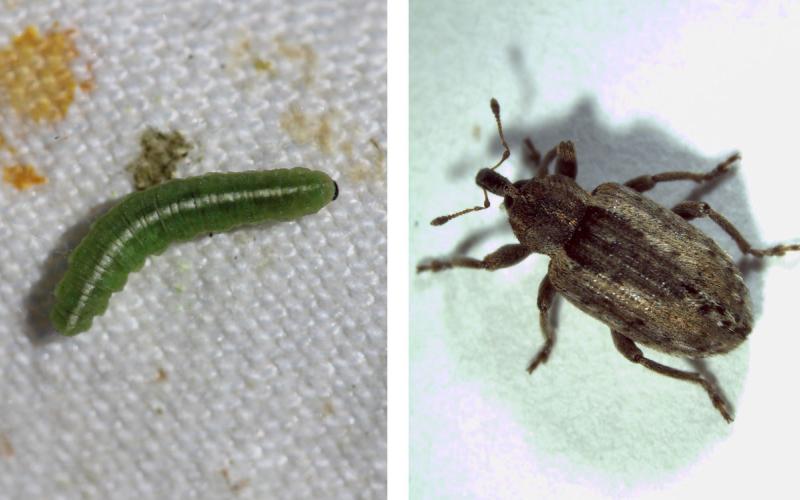
It’s Time To Start Scouting for Alfalfa Weevils in South Dakota
With increasing temperatures, the degree days for alfalfa weevils have steadily increased. The best way to avoid serious alfalfa weevil defoliation is to scout and detect populations early.
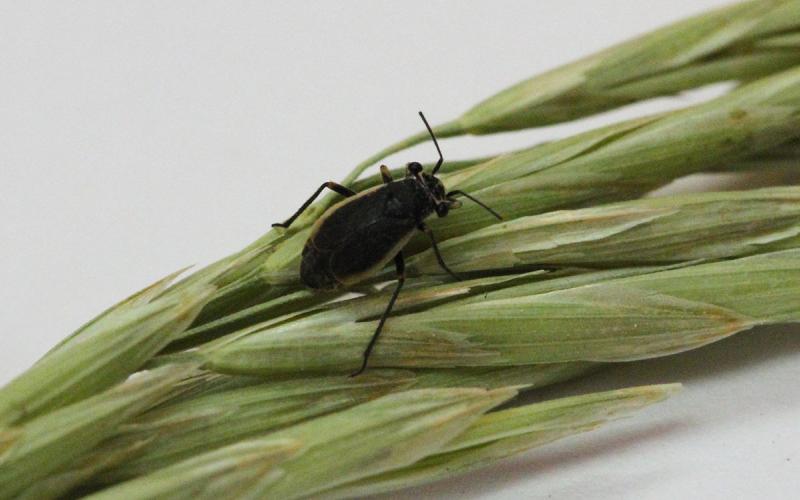
Time to Start Scouting for Black Grass Bugs
In central and western South Dakota, black grass bugs are a common spring forage pest that can cause considerable damage during periods of drought. Learn how to monitor and manage this pest to protect your forages this spring.
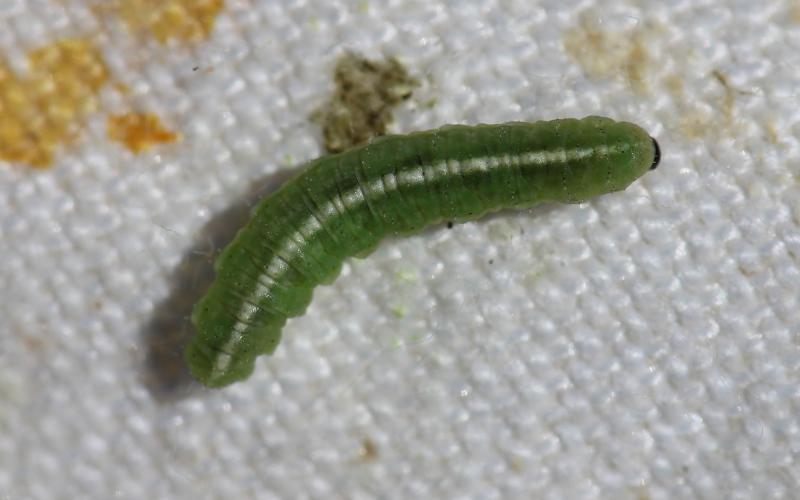
Alfalfa Weevil Activity Prediction Update: May 4, 2023
With warmer temperatures during the last week, there was an increase in the accumulation of degree days for alfalfa weevils. See our latest observations from around the state.

Alfalfa Weevil Activity Prediction Update: April 27, 2023
As temperatures warm up, degree days will accumulate more rapidly, and alfalfa weevils could quickly become an issue. See our latest observations from around the state.
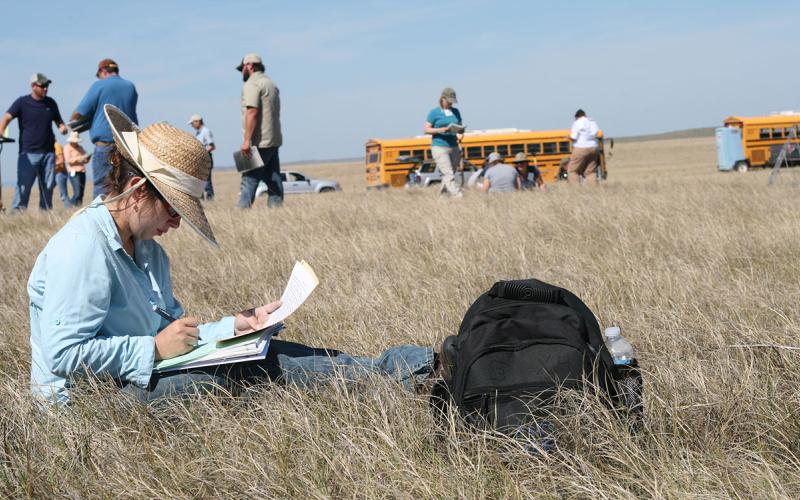
South Dakota Range Management Workshop Set for June 27-29
April 18, 2023
SDSU Extension is partnering with the United States Forest Service, Bureau of Land Management and Natural Resources Conservation Service to provide the 2023 South Dakota Range Management Workshop June 27-29 near Deadwood, South Dakota.
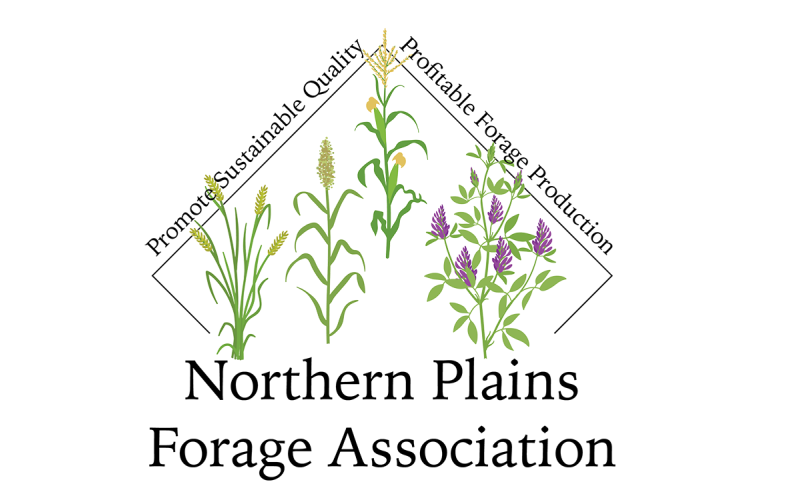
Northern Plains Forage Association hosting free meetings during Central Plains Dairy Expo
March 13, 2023
The Northern Plains Forage Association informational meeting is from 2 to 3 p.m. March 29 and 30 during the Central Plains Dairy Expo at the Denny Sanford Premier Center in Sioux Falls, South Dakota.
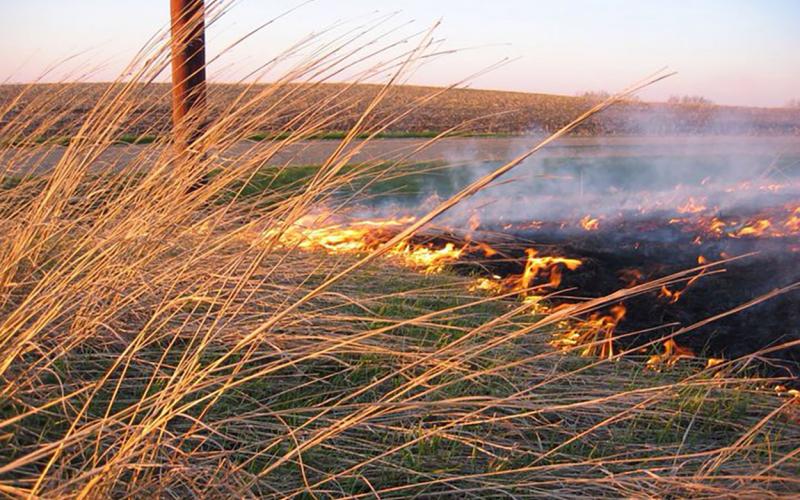
Fire as a Management Tool
When planned for and implemented appropriately fire is a tool that can have tremendous benefits to your grassland community.
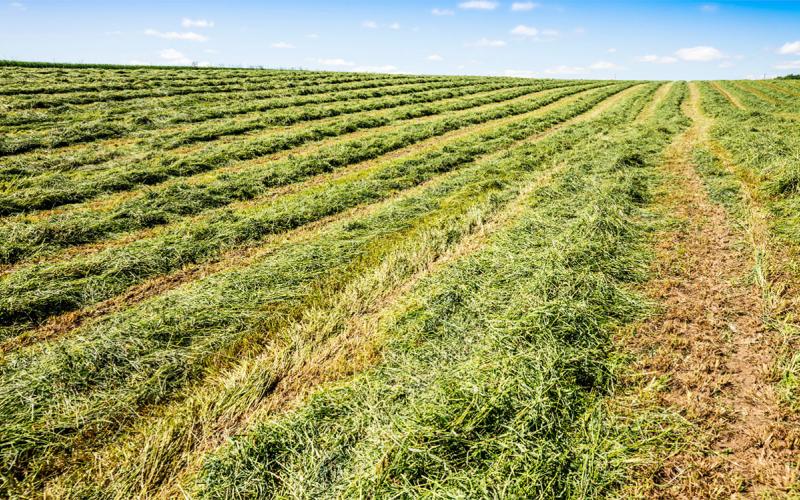
Register today for SD Winter Forage Meeting
February 21, 2023
Registration is open for the South Dakota Winter Forage Meeting Feb. 28 in Madison, South Dakota.

New Forage Association to Host Kick-Off Meeting in January
January 25, 2023
South Dakota State University Extension is proud to announce that the newly formed Northern Plains Forage Association will hold its first formal meeting this month during the Sioux Falls Farm Show.
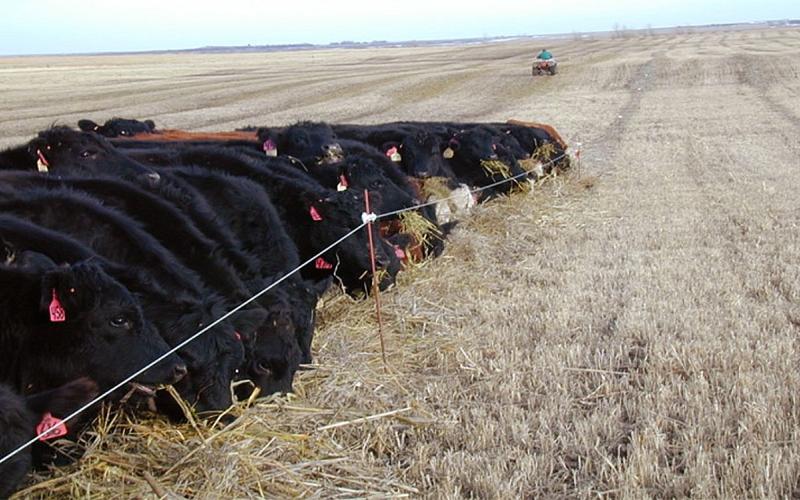
Swath Grazing
Swath grazing can be utilized with various crops and can improve utilization of the crops for feed, while decreasing fuel, harvest and feeding costs and also improving soil health.